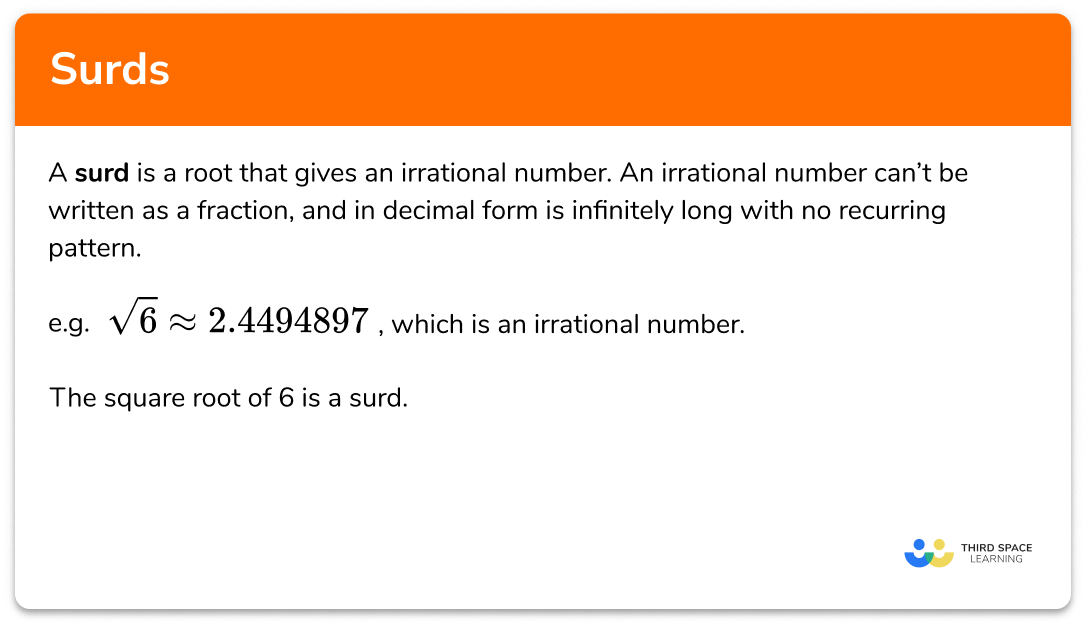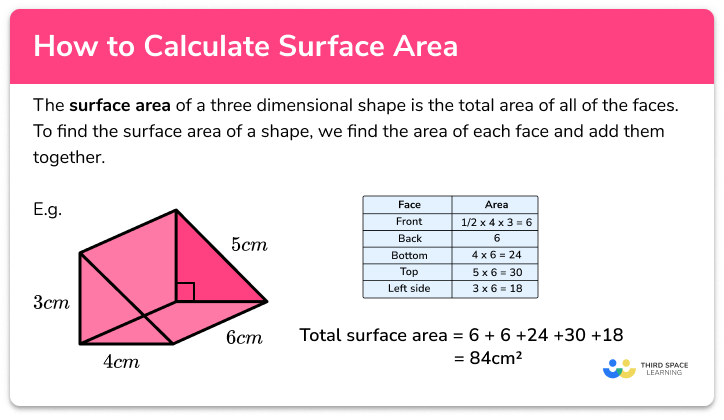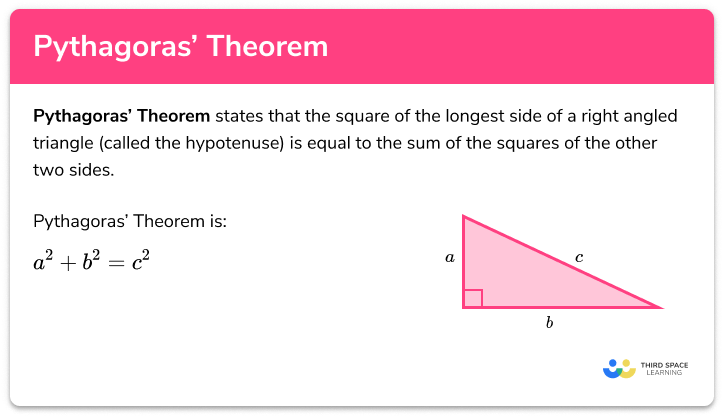FREE DOWNLOAD
Multiplying And Dividing Standard Form Worksheet

Help your students prepare for their Maths GCSE with this free multiplying and dividing standard form worksheet of 43 questions and answers
- Section 1 of the multiplying and dividing standard form worksheet contains 36 skills-based multiplying and dividing standard form questions, in 3 groups to support differentiation
- Section 2 contains 3 applied multiplying and dividing standard form questions with a mix of worded problems and deeper problem solving questions
- Section 3 contains 4 foundation and higher level GCSE exam style multiplying and dividing standard form questions
- Answers and a mark scheme for all multiplying and dividing standard form questions are provided
- Questions follow variation theory with plenty of opportunities for students to work independently at their own level
- All questions created by fully qualified expert secondary maths teachers
- Suitable for GCSE maths revision for AQA, OCR and Edexcel exam boards
Multiplying and dividing standard form at a glance
Standard form, or standard index form, is a simple way of writing very large numbers or very small numbers. To write numbers in standard form, we write them decimals between 1 and 10, multiplied by powers of 10. We call numbers that are not written in standard form ordinary numbers.
We can multiply and divide numbers in standard form directly by multiplying or dividing the decimals and then multiplying or dividing the powers of 10. For example, (4×102)x(2×105)=4x2x102x105. 4×2=8 and simplifying the powers of 10 gives us 107. Therefore (4×103)x(2×105)=8×107.
After multiplying or dividing the decimal, we may need to adjust the position of the decimal place to ensure the answer is written in standard form. To do this we need to make sure the decimal in the answer is still between 1 and 10 by adjusting the power of 10 to maintain the place value of the number.
Alternatively we can convert the numbers in standard form to ordinary numbers, multiply them together and then convert the answer back to standard form. When converting ordinary numbers to standard form we start by writing any significant figures as a decimal between 1 and 10. We then need to maintain the place value of the number by multiplying the decimal by a power of 10. For example, the number 2500 can be written as 2.5×103. For very small numbers, the powers of ten will be negative powers.
Looking forward, students can then progress to additional number worksheets, for example a fractions worksheet or a rounding worksheet.

For more teaching and learning support on Number our GCSE maths lessons provide step by step support for all GCSE maths concepts.
Do you have students who need additional support?

With Third Space Learning's secondary maths tutoring programmes, students in Year 7-11 receive regular one to one maths tutoring to address gaps, build confidence and boost progress.
"My confidence in the tutoring is high. We've had some phenomenal results. I even had one girl get a Grade 8 this year; she came to every tutoring session."
Stacey Atkins, Maths Director, Outwood Grange Academies Trust



